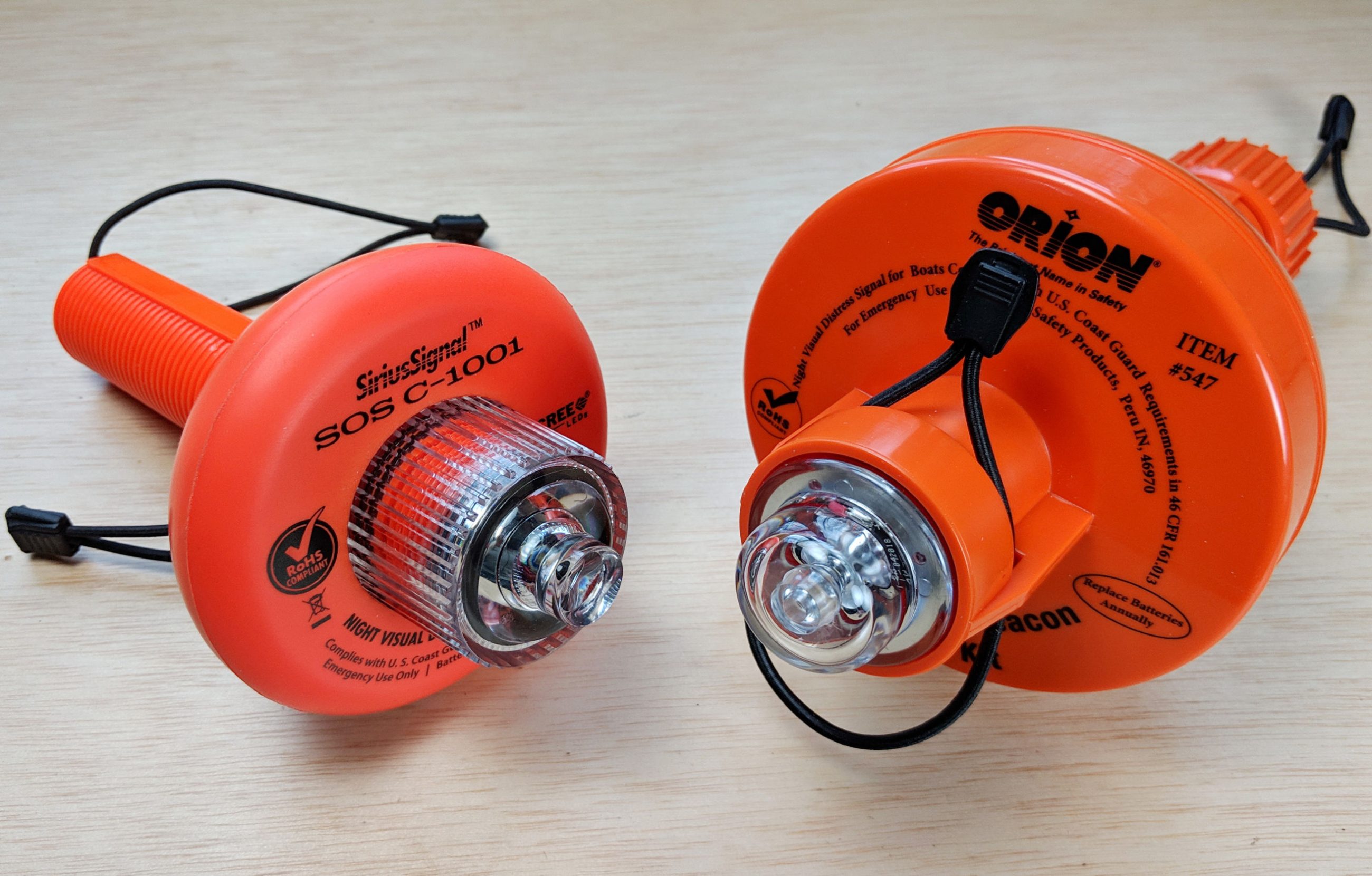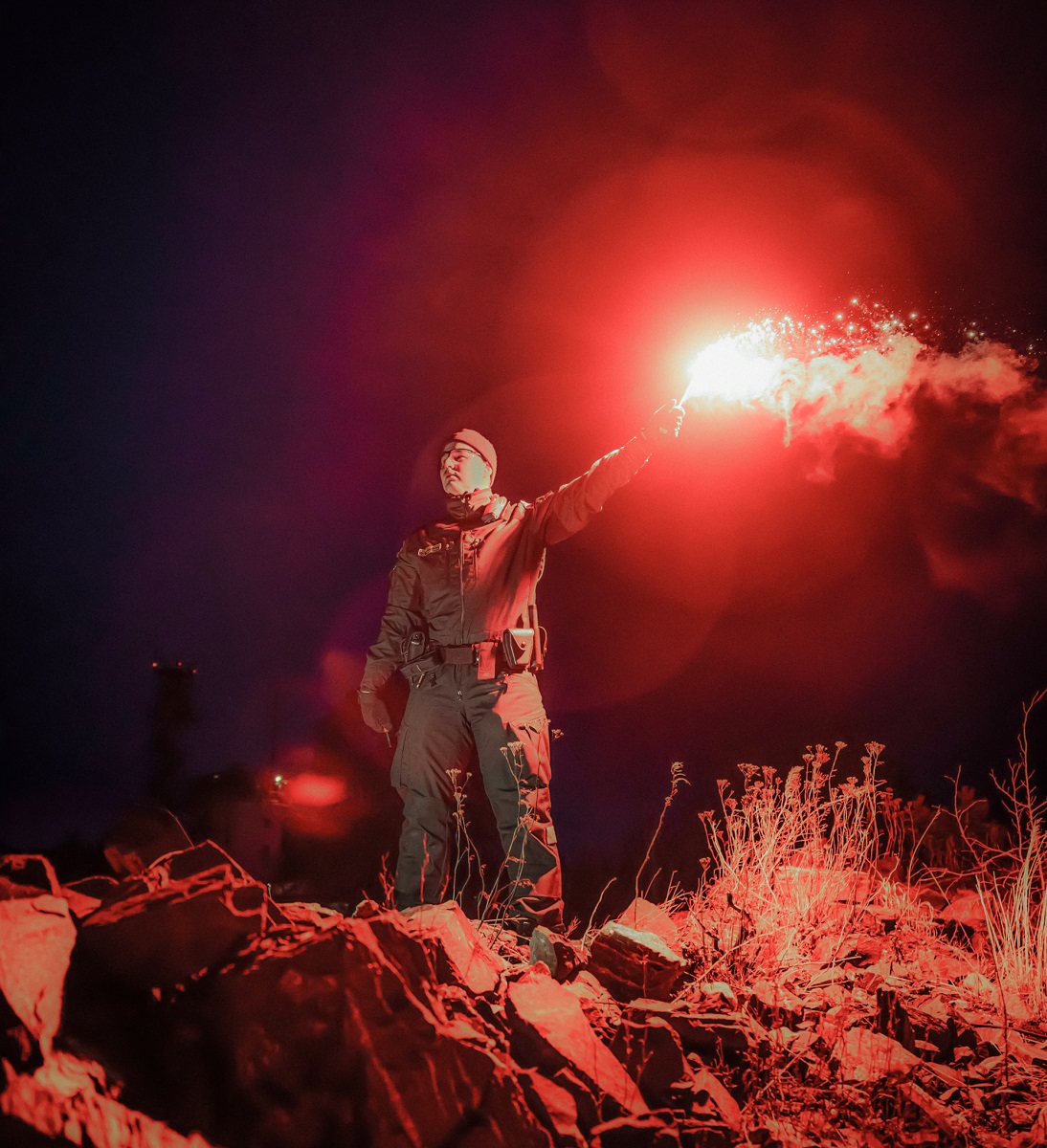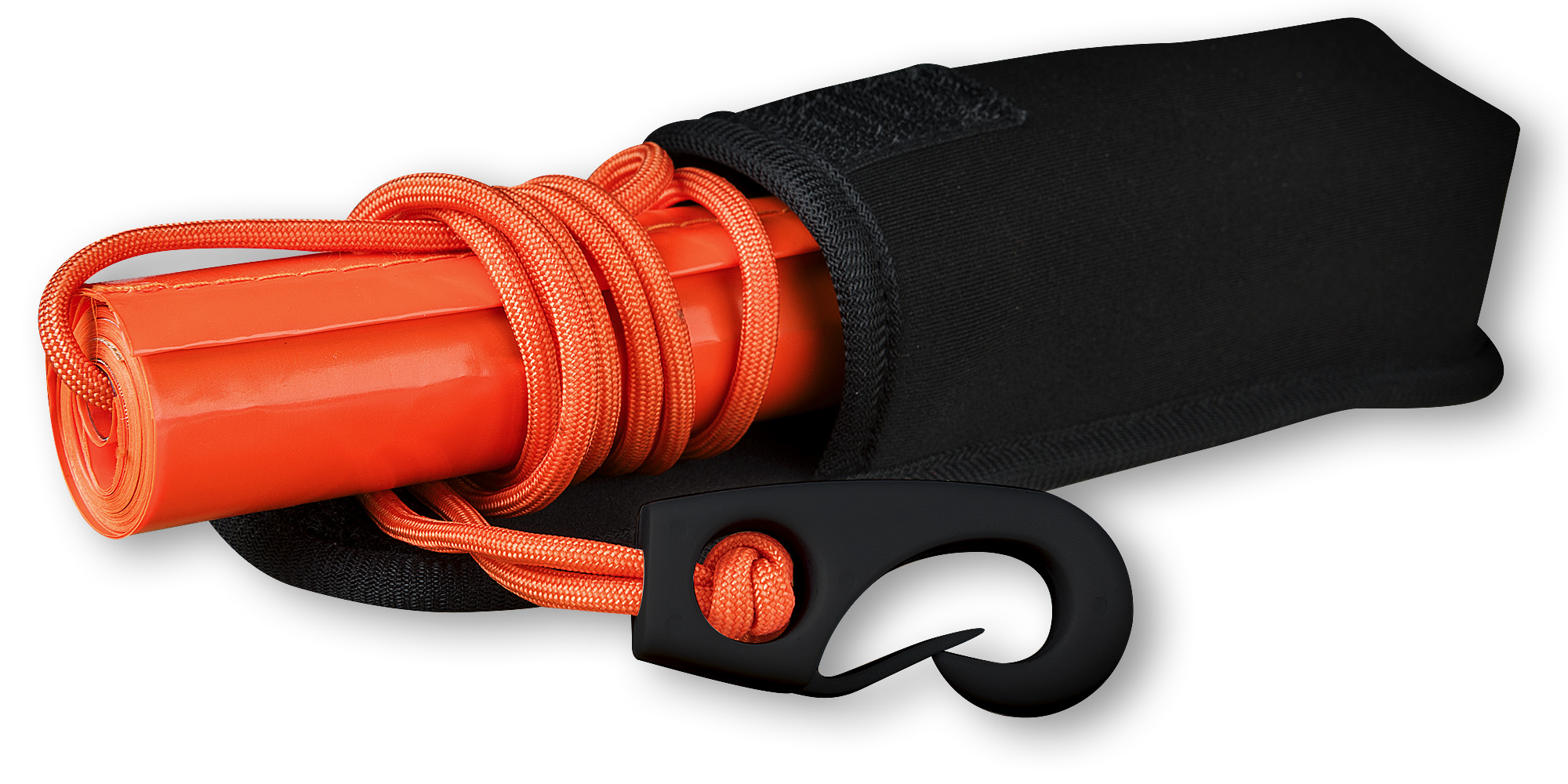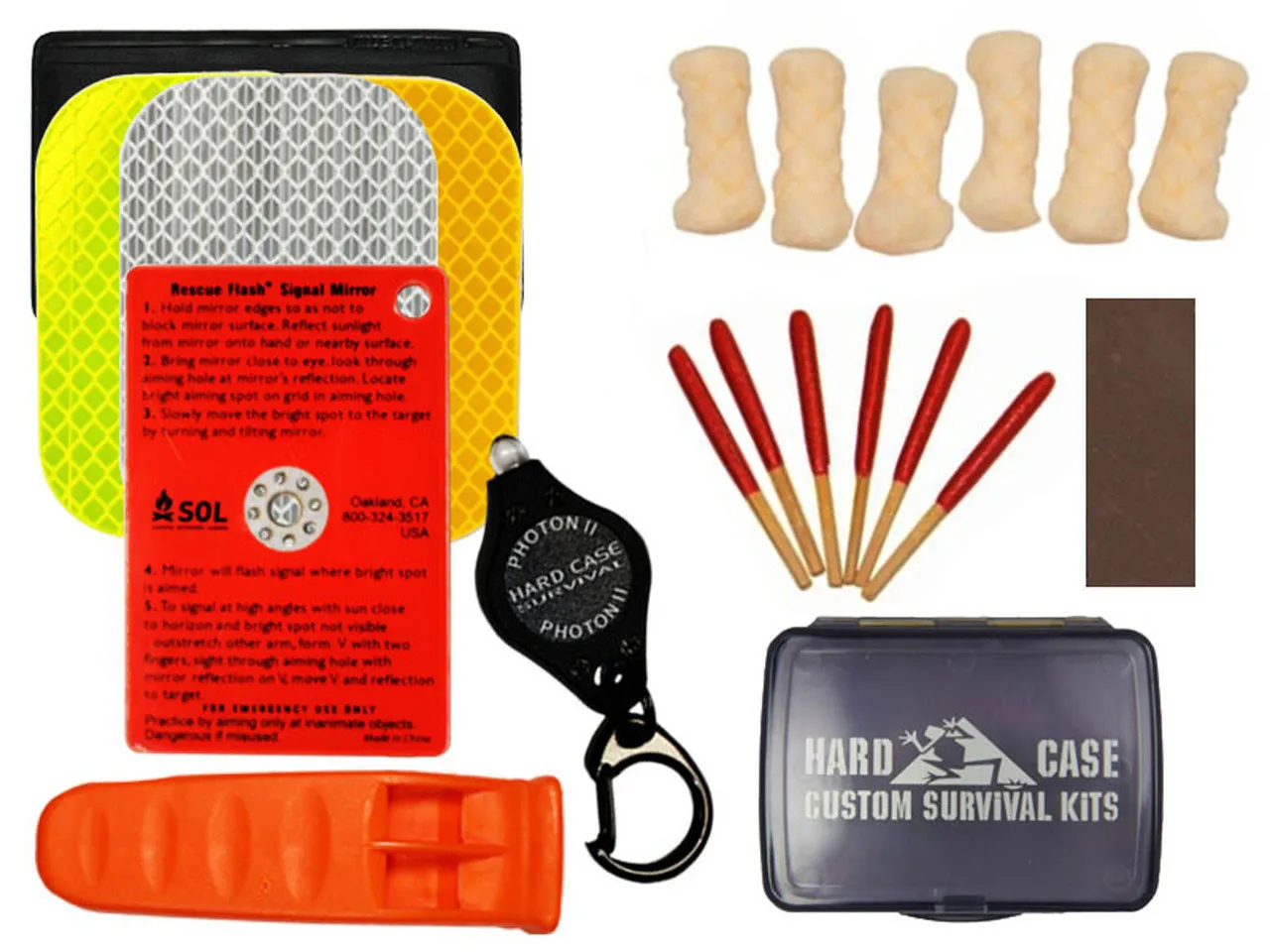Let's delve deep into the critical subject of emergency signaling in the wilderness. Should you ever find yourself in a situation where immediate rescue is vital, understanding and utilizing effective distress signals can make the difference between life and death. This isn't just about survival; it's about being prepared, reaching out to potential rescuers, and ensuring your safety in the most efficient way possible.
Understanding Emergency Signaling Devices
First and foremost, let's discuss the various devices and methods at your disposal:
Signal Mirrors: These are invaluable tools that can reflect sunlight over long distances, alerting aircraft or distant rescuers.
Flares and Smoke Signals: For attracting attention at night or during limited visibility, nothing beats the bright light of flares. Smoke signals, on the other hand, are excellent for daylight hours.
Whistles: Compared to shouting, which can strain your voice, a whistle can produce a loud, piercing sound that carries far, using minimal effort.
Beacons and Emergency Locator Transmitters: These electronic devices send out a signal that rescue parties can track, leading them directly to your position.

Crafting an Effective Distress Signal
Your emergency signal must be unmistakable as a call for help. Here's how to craft a distress signal that stands out:
Arrange rocks or logs to form an SOS or “X” to signal distress from the ground, where it can be seen from the air.
Use brightly colored items or reflective materials to increase visibility.
Make sure your signals are in an open area, away from obstructions that may conceal them from rescuers' view.
Emergency Signaling Techniques for Optimal Rescue Results
When considering signaling techniques, the context of your situation is paramount. For instance, when dealing with an emergency at sea, your approach would differ compared to a forest scenario. Here are some refined strategies for various environments:
Coastal or Sea Rescue Coordination
Use flares to signal your location to ships or the Coast Guard.
During daylight, signal mirrors can catch the eye of a passing vessel.
Wilderness Rescue Tactics
Use a signal mirror to catch the reflection of the sun and create flashes visible to aircraft.
Create smoke signals during daylight by adding green vegetation to a fire, producing significant smoke.
In Urban or Rugged Terrain
Emergency vehicles often look for visual distress signals even within cities.
Pedestrians may also be of assistance if they notice your emergency signals.
Preparing Your Survival Kit for Emergencies
It's always wise to prepare an emergency kit before embarking on any outdoor adventure, ensuring you have the tools for signaling at the ready:
Signal mirror
Flares
Whistle
Personal Locator Beacon (PLB)
Basic first aid supplies
Global Positioning System (GPS)
High-Quality Reflectivity for Signal Mirrors
Choose a signal mirror with excellent reflectivity, a crucial component for long-distance signaling. The higher the quality, the more likely it is to catch a rescuer's eye. Consider the essential wilderness survival gear checklist.
Distress Signals and the Law
Keep in mind that distress signals are governed by law – the use of flares, for example, is strictly regulated. Ensure you understand these regulations to avoid false alarms, which could lead to legal consequences.
Coordinating with Rescuers
Once you have sent an emergency signal, it is vital to:
Remain in place to avoid missing potential rescuers.
Have a clear understanding of basic first aid to manage injuries while awaiting rescue.
Be aware of the rescue party's arrival methods, whether by land, sea, or air.
The Importance of Customer Support in Survival Situations
Customer support may seem unrelated to a wilderness context, but consider this: before heading out, it's wise to consult experts for advice on using your emergency signaling device. Many online recreational safety courses offer this customer support, providing valuable information on distress signaling techniques.

Staying Visible in Cold Survival Situations
When the mercury drops, and you find yourself in a cold survival scenario, visibility becomes even more critical. Here, your signal must not only indicate distress but also compete with potentially stark white landscapes.
Improvising with Limited Resources
In a challenging survival circumstance with limited gear, ingenuity is your best friend. Here are some creative ways to signal for help:
Reflective Materials: Use any shiny material as an impromptu signal mirror.
Personal Items: Brightly colored personal items can be used to create a visual signal.
Natural Contrast: Use ash, dirt, or dark stones, to create visible distress signals on snow.
A Closer Look at Distress Signal Regulations and Rights Reserved
In an emergency, it's critical to understand that specific signaling methods are regulated. For instance, firing flares is subject to strict laws, and misuse can result in dire legal consequences. Respecting these regulations is a matter of public safety and legal responsibility.
Understanding Distress Signal Protocols:
Rights Reserved: Governments reserve the right to regulate the use of distress signals to prevent misuse and ensure proper coordination during rescue operations.
Coordination with Authorities: Always coordinate with local authorities when planning trips to understand the legalities of distress signaling in the area.

Enhancing Your Chances of Rescue with a Personal Locator Beacon (PLB)
In this age of technology, a Personal Locator Beacon (PLB) is one of the most effective tools in your arsenal. This compact device, once activated, sends an emergency signal to a worldwide network of search and rescue satellites.
Key Features of a PLB Include:
Global Positioning System (GPS): A PLB equipped with GPS can relay your exact location to rescuers, drastically reducing search times.
Emergency Position: The transmitted signal includes your emergency position, enabling a targeted response.
Immediate Action: Upon activation, a PLB requires no additional action; it automatically transmits distress signals.
The Significance of Pre-Ride Inspection for Survival Enthusiasts
For those who love motorized outdoor adventures, pre-ride inspections are as crucial as any survival tactic. Ensuring your vehicle is in top condition can prevent situations that might require emergency signaling.
Components of a Thorough Pre-Ride Inspection:
Braking System: Check your brakes for responsive stopping power.
Lights and Reflectivity: Ensure all lights are functional, and reflective surfaces are clean and visible.
Tire Integrity: Inspect tires for wear and ensure they are appropriately inflated.

The Role of Eye Protection and Riding Positions in Emergency Situations
In survival situations, particularly for those on motorized vehicles, eye protection and correct riding positioning can play a significant role in avoiding accidents.
The Importance of Proper Riding Positions:
Control: Maintaining a position that allows for maximum control can prevent accidents.
Visibility: Being visible to others and maintaining a line of sight for signaling are crucial in an emergency.
Preparing an Emergency Kit for Recreational Safety
Preparation is key. An emergency kit tailored for recreational safety not only equips you for immediate action but also for signaling rescuers effectively.
Must-Haves for Your Emergency Kit:
Visual Signal Tools: Include items like a signal mirror, brightly colored cloth, and light sticks.
Auditory Signal Devices: Pack a whistle and consider air horns.
Emergency Signal Flares: If legal in your area, flares can be an effective nighttime signal.

Developing a Signaling Strategy:
Assess Your Environment: Tailor your signaling methods to suit your landscape, whether it's a dense forest or an open sea.
Practice: Familiarize yourself with the use of each signaling device in your kit.
Stay Informed: Keep abreast of the latest in recreational safety education and survival skills.
Final Thoughts on Survival Preparedness and Signaling
In conclusion, mastering the art of emergency signaling is paramount for any survivalist. Whether it's a reflective beacon or the piercing sound of a whistle, each device and method can serve as a lifeline in distress situations.
Remember, survival isn't just about enduring harsh conditions; it's about intelligent preparation and knowing how to signal for help when you need it most. Explore our range of materials to elevate your survival knowledge, including the ultimate guide to wilderness survival skills.
Stay safe, stay prepared, and keep signaling until you are sure help is on the way. Your life and the lives of your companions just may depend on it.
